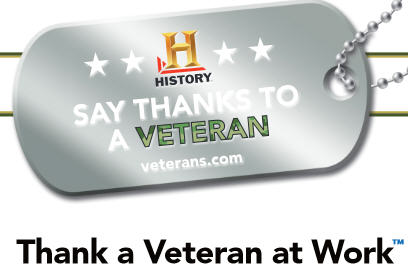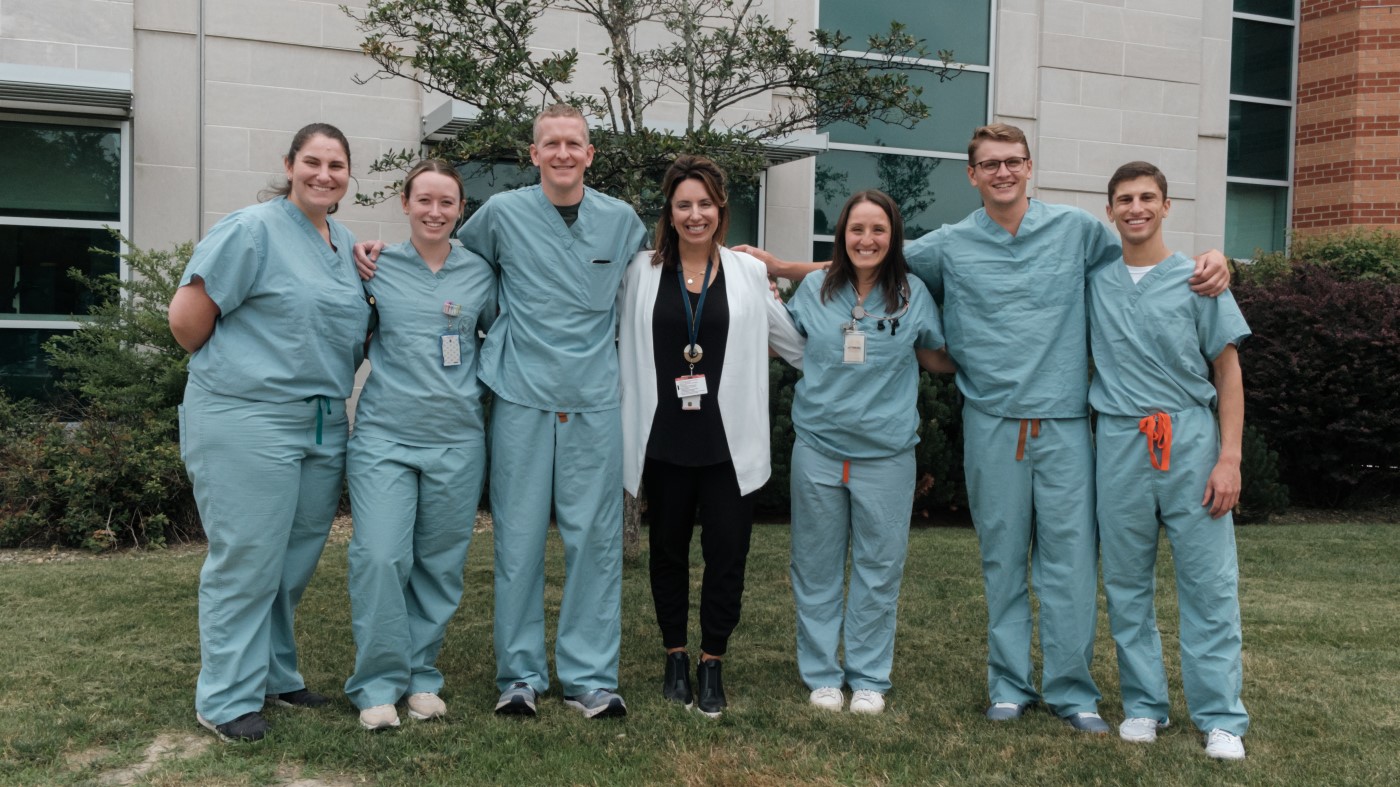It’s much easier to thank active duty service members than those who have served…especially if their service seems like dim history. After all, you can spot enlisted women and men by their uniforms. We all see posts in social media about active duty service members making surprise homecomings. Airlines go out of their way to help service members board first and be comfortable on their trips. And it’s become more and more commonplace for people to thank our armed forces personnel for their service.
But how do you thank a Veteran? Unless you know that they served in the Global War on Terror, or an earlier conflict like Korea (1950–1953), Vietnam (1955–1975) or the first Gulf War (1990–1991), they can be invisible. Sure, a special event like Veterans Day makes it possible for a community to show its appreciation, but how many citizens actually turn up for those events. It would be far more immediate and meaningful to thank Veterans in your workplace.
Recently Alaska Airlines did exactly that.
A welcome home ceremony 50 years in the making.
No “thank you for serving” campaigns greeted soldiers, sailors and airmen on their returns from Indochina. Political conflicts in a divided country obscured the fact that these men and women were risking their lives daily in a difficult, dangerous assignment on behalf of America. Fortunately, the nation has awakened to the sacrifices made by that generation and has sought to make amends.
This fall, Alaska Air Group and the USO Northwest officially honored Vietnam-era Veterans during a celebration at the Seattle hangar. One of many 50th anniversary commemoration events held around the United States, the event honored some 40 Veterans, including some Alaska and Horizon airline employees. Entering the Seattle Hangar, they beheld what they had missed in the ’60s and ’70s: well-wishers thanking them for their service with cheers, welcome-home signs and even Patriot Guard motorcycle riders who held American flags. Said one Veteran, “We didn’t get much recognition at the time we came home, so this was cool.”
Of course, you don’t need to stage a special event to thank a Veteran. At VA, we’ve worked with the History Channel to reach out to communities nationwide with Thank a Veteran at Work. And don’t think of it as something you should only do around Veterans Day. Do so whenever the mood strikes you. Put up the Thank You Veteran poster, skim the “How To” guide, come up with your own program.
Thank a Veteran at Work reminds us to support those who have served, “…from The Greatest Generation to the latest generation.” Go ahead, offer your co-worker/Veteran a handshake or a thanks, they’ll appreciate it!
Another way to thank those Veterans? Make sure they’re taken care of when they need it most. Join VA today.
Topics in this story
More Stories
Whether it’s access to the great outdoors or a calmer pace in your everyday life, you can find it in rural VA communities around the country.
If you’re looking for an opportunity to provide care to Veterans outside a traditional clinical setting, Home Based Primary Care (HBPC) is a great option.
A key part of your job search is finding the right fit for you and your skills, and workplace culture can impact that dramatically.







I have a habit of recognizing the “other half” too. I know my wife has been thru hell with me! So many times, only the veteran gets the hugs, handshakes, & thanks. The ones that stand by us, spouses h even our grown kids deserve thanks too! Without my wifr & service dog, I might be one of the statistics!
THANKS TO THOSE WHO STAND BY MY BROTHERS AND SISTERS !!
Looking for Charles D Ray, Kevin Bach and Kenneth Gomes
The VA should recognize veterans, thank them and make them feel appreciated. I can testify that the VA, especially the personnel working in C&P function, make veterans feel like second rate citizens. In addition VA C&P decisions filter numerous veterans preventing them from receiving earned benefits…all the while collecting millions of dollars in bonuses.
I can recognized a veteran. US Army veteran (1976 to 1986),